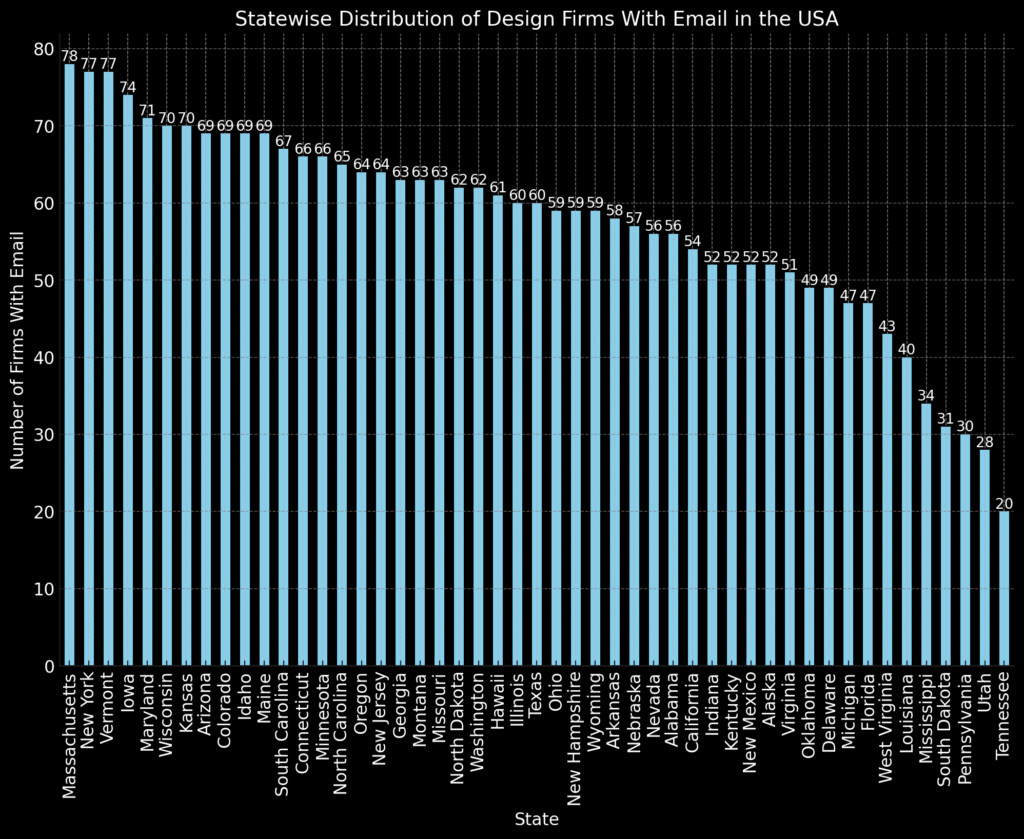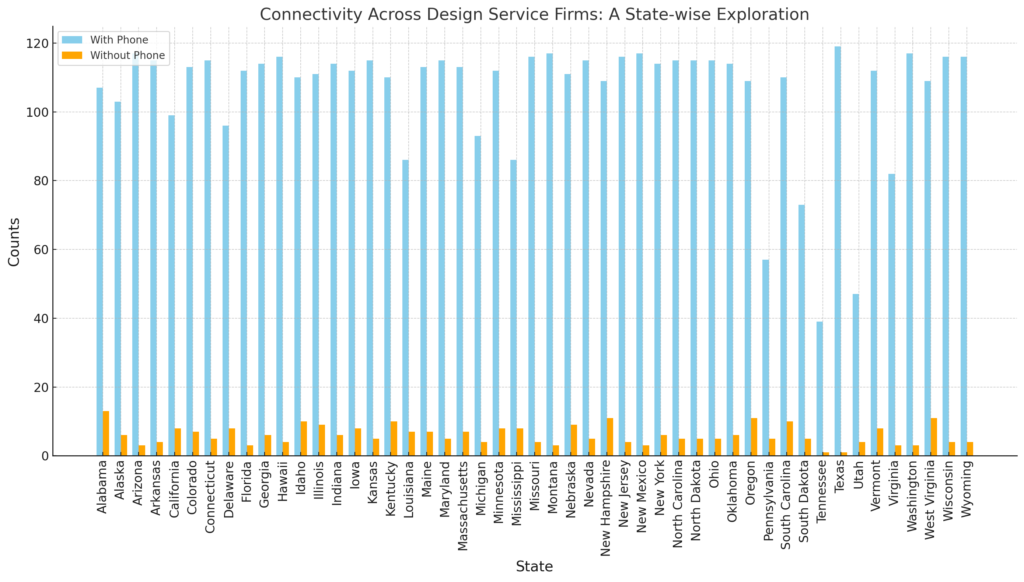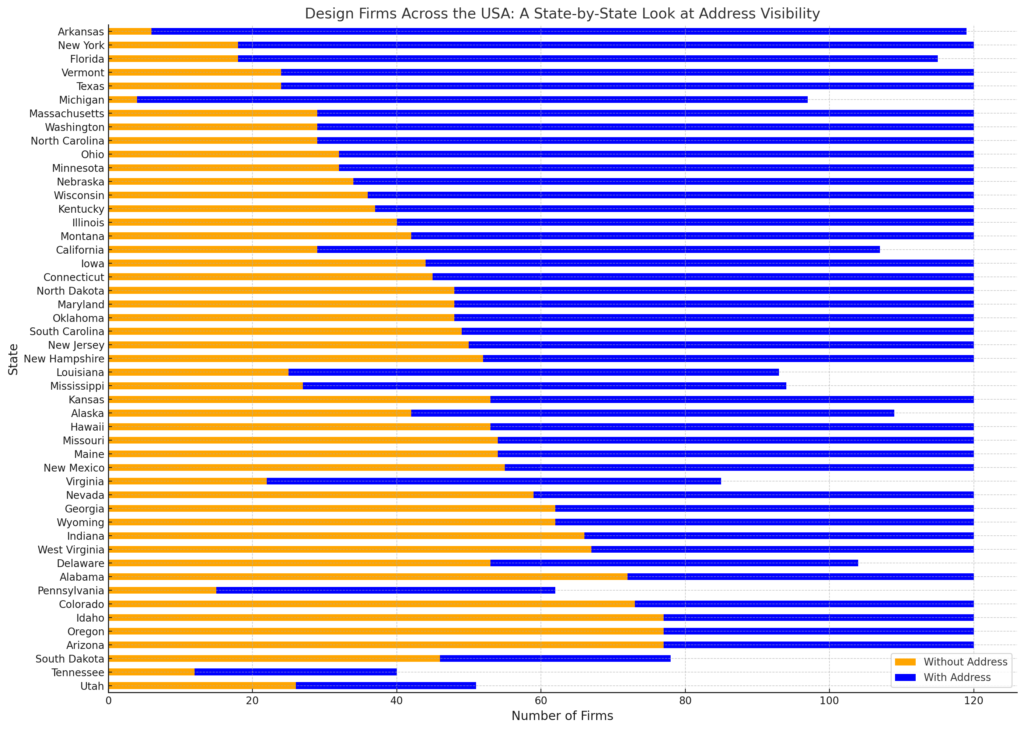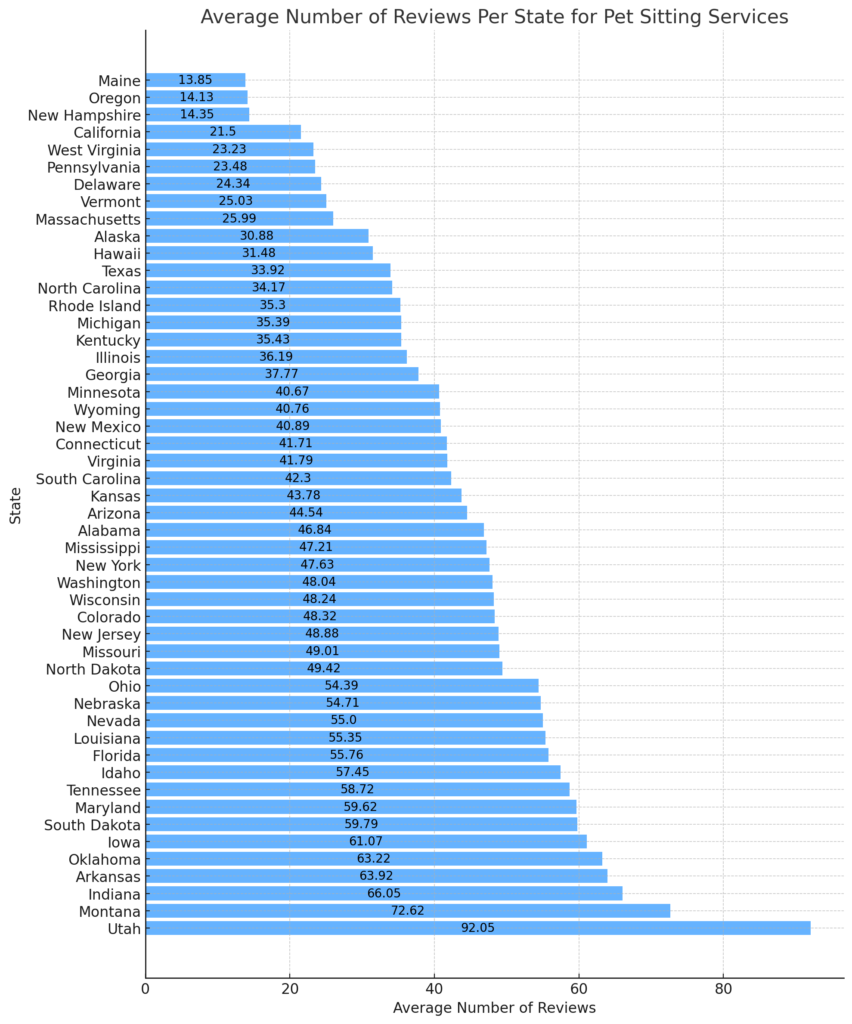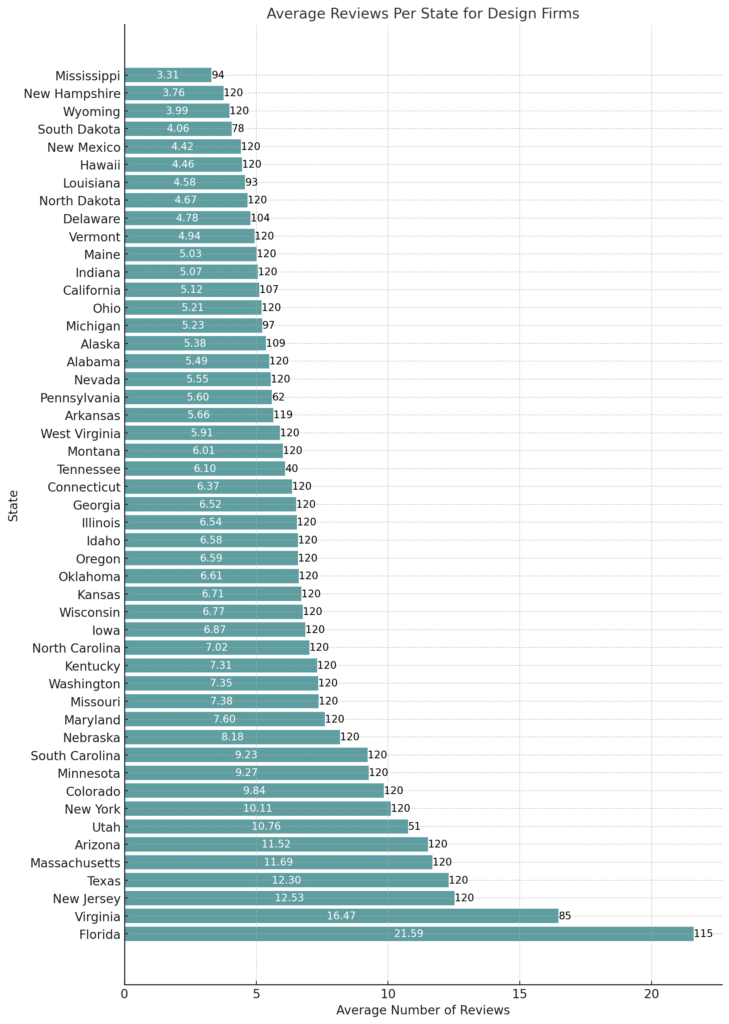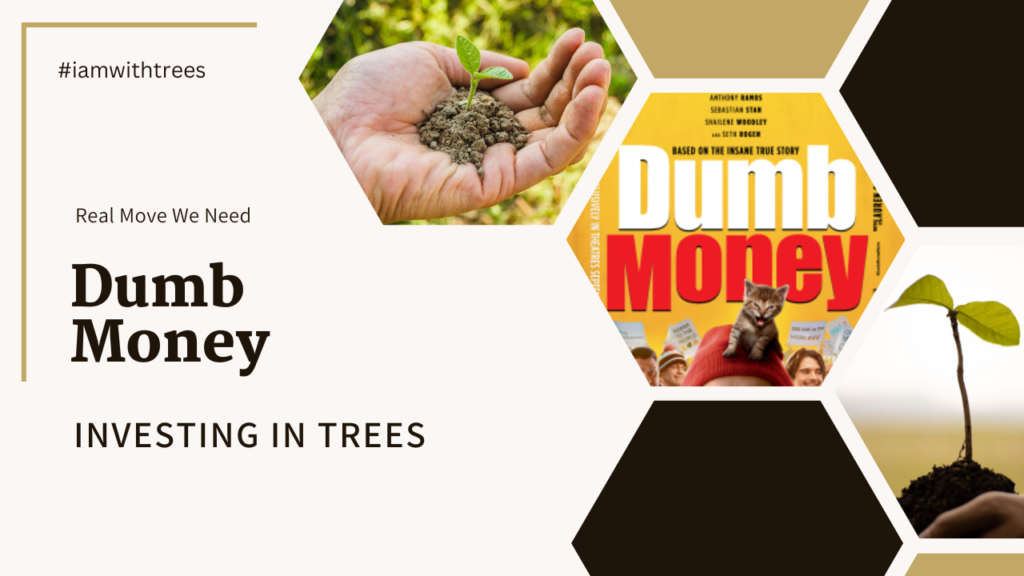In the bustling world of event planning, where the demand for unique and memorable experiences is always at a premium, designers hold the key to transforming visions into tangible realities.
LinkedIn, as the professional network of choice, serves as a pivotal platform for design professionals aiming to showcase their expertise to event planners.
Here are 5 strategies to help you leverage LinkedIn and ensure your design services are not just seen but sought after by event planners across the USA.
1. Craft an Engaging Profile That Tells Your Story
Your LinkedIn profile is often your first impression. It’s crucial that it speaks volumes about your design philosophy, expertise, and the unique value you bring to the event planning table. Start with a professional profile picture and a banner that reflects your design style.
Use the summary section to tell your story: how you got started, what inspires you, and why event planners should choose you for their next gala, conference, or corporate retreat.
Highlight your specialization, whether it’s floral arrangements, lighting design, or bespoke stage setups, making it clear why you’re the go-to designer for events.

2. Showcase Your Portfolio with Rich Media
Event planners are visual creatures. They thrive on creativity and are always on the lookout for fresh, innovative ideas that can elevate their events.
LinkedIn allows you to add rich media to your profile, including photos, videos, and slideshows of your past projects. Take advantage of this feature to create a captivating visual portfolio that showcases your range and versatility.
Highlight events where your work was a central feature, from intimate soirees to grand corporate events, to provide a breadth of your capabilities.
3. Publish Articles and Posts That Highlight Industry Trends
Become a thought leader by sharing articles and posts that explore current trends in event design.
Whether it’s sustainable practices in event production, the latest in digital event technologies, or innovative thematic designs, sharing your insights positions you as a knowledgeable and resourceful designer.
Regularly posting content that is both informative and engaging will keep you top of mind with event planners looking for cutting-edge design services.
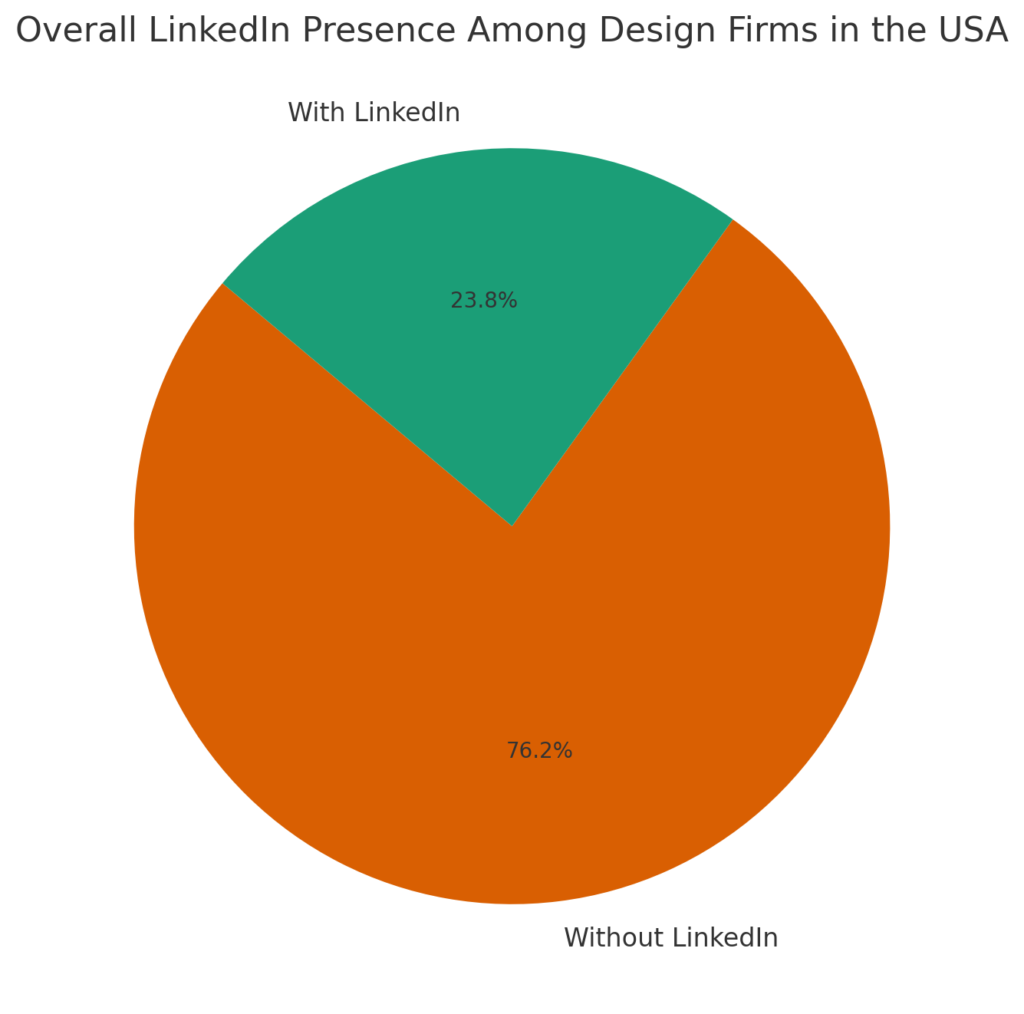
4. Leverage Recommendations and Endorsements
In the world of event planning, reputation is everything. Ask clients, colleagues, and industry partners to endorse your skills and write recommendations on your LinkedIn profile.
These testimonials serve as social proof of your expertise and reliability, providing event planners with the confidence that you’re capable of bringing their vision to life.
A glowing recommendation can be the deciding factor for planners sifting through a sea of potential design partners.
5. Engage with the Event Planning Community
LinkedIn is not just a platform to broadcast your achievements; it’s a community. Follow event planning groups, companies, and influencers. Comment on posts, share relevant content, and engage in discussions.
This active participation increases your visibility and demonstrates your commitment to the event planning industry.
Networking on LinkedIn can also lead to direct connections with event planners, collaborations with vendors, and insights into the needs and desires of your target market.
How often should I update my LinkedIn profile to attract event planners?
Updating your LinkedIn profile regularly is crucial to maintaining its relevance and attractiveness to event planners.
Aim to review and refresh your profile every 3-6 months, or whenever you complete a significant project, learn a new skill, or achieve a noteworthy milestone in your design career.
Consistently adding new projects to your portfolio, updating your skills and endorsements, and publishing insightful content related to event design trends will keep your profile dynamic and engaging.
What type of content should I post to appeal to event planners?
Focus on posting content that highlights your expertise in design while also touching on trends and topics relevant to event planning.
This can include before-and-after transformations of event spaces, insights into your design process, articles on emerging trends in event design (like sustainable materials or digital event engagement tools), and tips for creating memorable event experiences.
Content that demonstrates your understanding of the event planning industry and showcases your ability to contribute to its success will resonate most with event planners.
How can I use LinkedIn to network with event planners if I don’t have any connections in the industry yet?
Start by following and engaging with LinkedIn groups and pages dedicated to event planning and design.
Comment on posts, share your thoughts, and contribute valuable insights to discussions. You can also follow and interact with the content of leading event planners and industry influencers.
Don’t hesitate to reach out with personalized connection requests, briefly introducing yourself and mentioning your interest in their work or how you can contribute to the event planning community.
Networking is about building relationships, so focus on genuine engagement and offering value in your interactions.
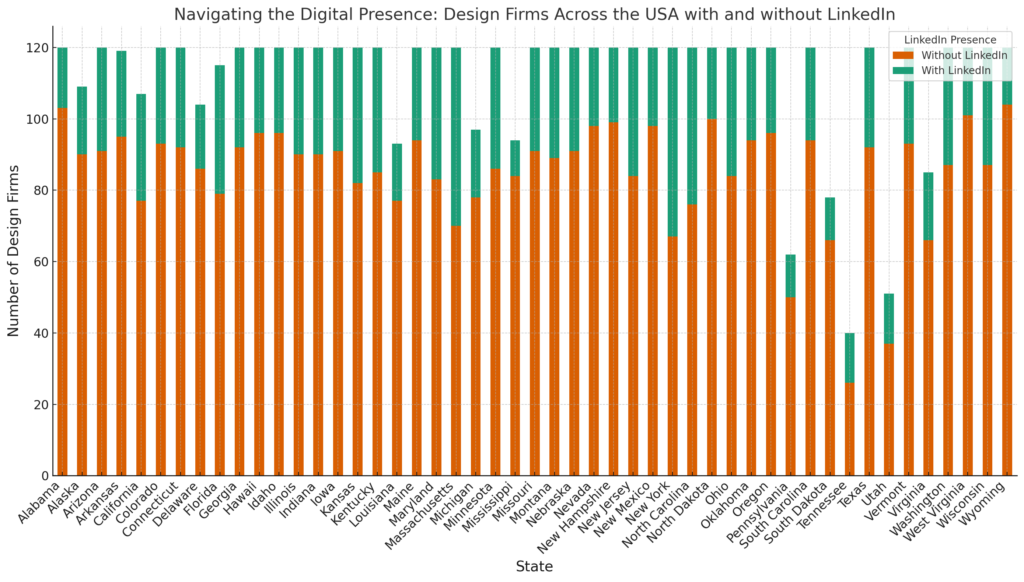
Remember
For designers targeting the event planning industry, LinkedIn is an invaluable tool for building visibility, establishing authority, and engaging with potential clients.
By crafting an engaging profile, showcasing your work, sharing industry insights, leveraging social proof, and engaging with the community, you stand out in a crowded market.
Remember, success on LinkedIn is a combination of showcasing your unique design perspective and actively engaging with the event planning ecosystem.
With these strategies, you’re not just waiting to be discovered, you’re positioning yourself as the designer event planners have been searching for.
Let your LinkedIn profile be the beacon that guides event planners to your door, transforming opportunities into collaborations and visions into breathtaking realities.






